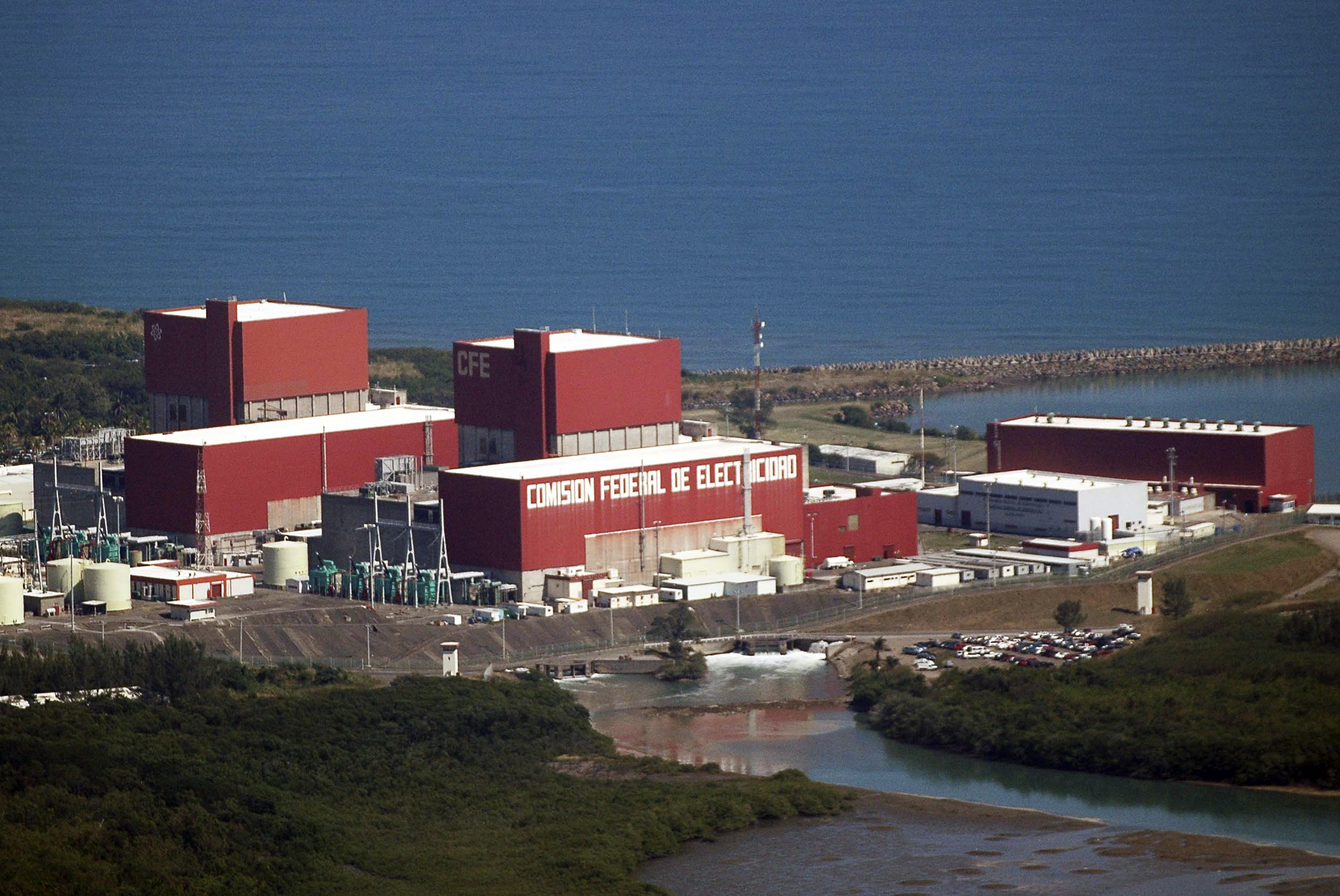Mexico’s Laguna Verde license extended; Oklo files project plan to NRC
Our pick of the latest nuclear power news you need to know

Mexico’s Energy Ministry has authorized a license extension for unit 1 of the dual 1,500MWe boiling water reactor Laguna Verde nuclear plant, allowing it to continue operating for 30 more years, the Ministry said in a statement.
The unit will be permitted to run until July 24, 2050, by which time it will have been operating for 60 years.
The plant’s operator, the state-run Federal Electricity Commission (CFE), had applied for a lifetime extension in 2016, after which the reactor was subject to 47 inspection programs, including testing and monitoring of equipment, systems and infrastructure in line with regulations, the Ministry said.
Over the five years of inspections, the process looked at 386 requests for additional information and multiple technical consults through 13 audits and inspections, it said.
The CNLV-U1 reactor, one of two in Mexico’s only nuclear power plant, was originally licensed July 24, 1990 through to July 24, 2020.
The second reactor at the plant, CNLV-U2, has a license to operate until April 10, 2025, though that is also in the process of revision for Long-Term Operations (LTO).
Extending the life of existing nuclear plants is the most cost-effective source of low carbon electricity, according to the 2020 edition of the International Energy Agency (IAE) and the OECD Nuclear Energy Agency (NEA) study ‘Projected Costs of Generating Electricity’.
Oklo submits Licensing Project Plan
Microreactor developer Oklo has submitted a Licensing Project Plan (LPP) to the U.S. Nuclear Regulatory Commission (NRC) to support preparations for submitting additional license applications and outlining the company’s proposed engagement to back future licensing activities, Oklo said in a statement.
Oklo started a combined construction and operation license application (COLA) in early 2020, the first for an advanced non-Light Water Reactor (LWR) to be accepted by the NRC for review and the first privately funded application for a commercial advanced reactor.
The LPP presents pre-licensing interactions that will help the NRC and Oklo achieve an efficient and effective review process, including items necessary for advanced fission designs, the company said.
Such a schedule will help unlock the commercialization of American innovation in advanced fission technologies, it said.
“Oklo’s reactor design has excellent safety characteristics and robust performance features. We are working to present these features in a manner similar to what the NRC is used to from licensing Light Water Reactors,” Oklo CEO and co-founder Jacob DeWitte said.
“To achieve a transparent and effective review process, Oklo has responded to every NRC request for information promptly, and we look forward to continuing to engage with NRC as we prepare for upcoming application submissions.”
Report lists convertible coal plants
A U.S. Department of Energy (DOE) report has listed hundreds of coal power plants that could convert to nuclear power plant sites, the DOE said in a statement.
Old, retired coal-fueled power plants are the perfect sites for small modular reactors (SMRs) as they provide usable infrastructure, an experienced workforce, and a compelling narrative of swapping dirty energy for clean, many industry experts have said.
The DOE study, ‘Investigating Benefits and Challenges of Converting Retiring Coal Plants into Nuclear Plants’, identified 157 retired coal plant sites and 237 operating coal plant sites as potential candidates for a coal-to-nuclear transition.
Some three quarters of those looked at are good candidates to host advanced reactors that generate less than one gigawatt of power, the study found.
The United States plans to retire 73 coal plants by 2030, representing some 38 GW of generating capacity, and by 2040, more than 200 coal facilities are slated to be taken offline, according to a study by small modular reactor developer NuScale.
“This is an important opportunity to help communities around the country preserve jobs, increase tax revenue, and improve air quality,” said Assistant Secretary for Nuclear Energy Kathryn Huff.
US calls for extra HALEU cash
The U.S. government has sent a supplemental appropriation request to Congress to provide some $1.5 billion for the DOE’s Office of Nuclear Energy to build a reliable supply of both low-enriched uranium (LEU) for existing nuclear power plants and high assay, low-enriched Uranium (HALEU) for advanced reactors, according to the White-House approved appropriation request.
The funds are in addition to some $700 million earmarked for HALEU supply in the Inflation Reduction Act (IRA) passed in August.
“Funding would be used to address potential future shortfalls in access to Russian uranium and fuel services,” the request said.
The extra funds were called an "emergency requirement ... to reduce the reliance of the United States and friendly foreign countries on nuclear fuels from the Russian Federation and other insecure sources of LEU and HALEU.”
The IRA funds were for research, development, and production of domestic HALEU, easily meeting industry hopes after the American Nuclear Society (ANS) called for funding of close to $200 million for the HALEU program following a pledge of $45 million in the Fiscal Year 2022 Omnibus appropriations bill in March.
By Reuters Events Nuclear
